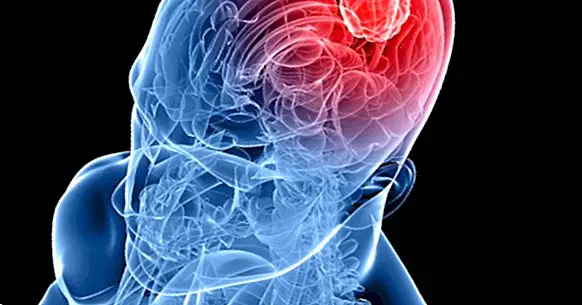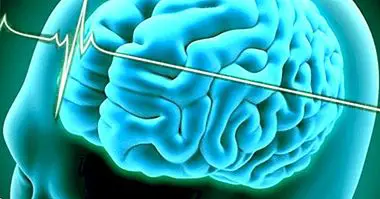Comorbidity between drug addiction and other mental disorders
The term comorbidity or associated morbidity it is used to designate the diagnosis according to which the same person suffers two or more disorders or diseases.
These disorders can occur simultaneously or in a chained manner. Comorbidity has the characteristic of indicating an interaction between the two (or more than two) pathologies, which may worsen the prognosis of both.
Drug addiction and associated psychopathologies
When we talk about drug addiction , we must be clear that by itself it is classified as mental illness , because it interrupts and alters the normal categorization of needs and desires, replacing them with new priorities linked to the acquisition and consumption of psychotropic drugs.
Compulsive behaviors reduce the ability to control impulses, which causes a progressive degradation in the interaction with the environment. This picture corresponds to a common symptomatology in psychopathologies.
A large part of drug addicts are also diagnosed with other mental illnesses, and vice versa . Without going any further, drug addicts are twice as likely to suffer pathologies associated with their mood or anxious type, which also happens in the opposite direction.
But, Why is there a marked comorbidity between drug dependence and mental disorder? Although drug addiction disorders occur concurrently with other psychopathologies, this does not mean that one causes the other, although one of them may appear before and the other afterwards. Indeed, it is often difficult to decide which of the disorders arose first and why. However, studies indicate the following points as reasons why it is common for these diseases to occur in a comorbid way:
- Drug dependence usually causes the symptoms of another psychopathology. For example, some cannabis smokers with certain underlying vulnerabilities may present a higher risk of developing psychotic symptoms.
- Mental illness can lead to drug use, probably as a way of self-medication. People suffering from anxiety or depression have a greater disposition to consume alcohol, to smoking or to other drugs or psychotropic drugs that can temporarily relieve their symptoms.
Risk factors among drug addicts
These psychopathologies can also be explained by shared risk factors, such as:
- The addition of genetic vulnerabilities . Some genetic predispositions can increase the susceptibility to both drug addiction and other psychopathology, or that may have a higher risk for the second pathology once the first one has appeared.
- The addition of risk factors in the environment . Stress, the consumption of substances at a young age or childhood-juvenile traumas can lead to a drug addiction and this, in turn, in other mental disorders.
- The activation of similar brain areas . For example, the brain systems that are activated during gratification or stress are altered by the consumption of substances and may present anomalies in people with certain psychopathologies.
- The pathologies due to substance abuse and other mental disorders are Developmental disorders . They usually appear during adolescence or even during puberty, just in the periods when the brain and nervous system undergo sudden changes due to their development. The consumption of drugs in this vital stage can modify the cerebral structures in such a way that the risk of suffering psychopathologies will be greater in the future. Thus, when there is an early symptomatology of mental illness it is usually linked to an increased risk of drug addiction in the future.
Studies carried out in the Community of Madrid between 2006 and 2008 indicated that the concurrence of disorders of drug dependence with mental illness appeared mainly in men (80%) , with an average age of 37 years, single (58%) with primary education (46%).
The most common mental illnesses in these people are personality disorders, the risk of suicide, hypomanic episodes, anxious disorders and major depression.
55% of the subjects evaluated consumed two or more substances. the cocaine (63% ) , alcohol (61%) and cannabis (23%) were the most reported drugs.
Bibliographic references:
- Beck, A., Newman, C. and Wright, F. (1999), Cognitive therapy of drug addiction. Barcelona: Paidós.
- Cuatrocchi, E. (2009), The addiction to drugs. His recovery in therapeutic community. Madrid: Editorial Space.
- García, J.(2008), Epidemiological study to determine the prevalence, diagnosis and therapeutic attitude of dual pathology in the Community of Madrid. Department of Preventive Medicine and Public Health Faculty of Medicine (UAM).
- Tejero, A. and Trujols, J. (2003). Clinical instruments for the evaluation of cocaine dependence. Barcelona: Ars Médica.



















